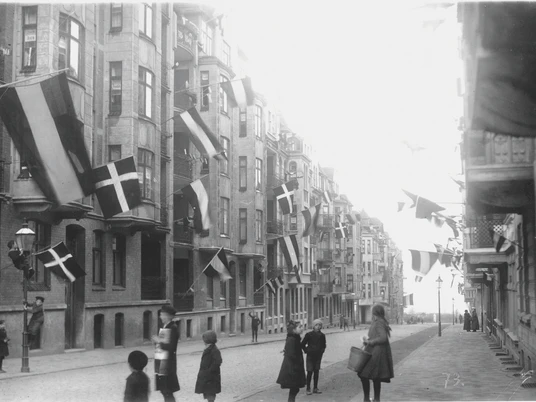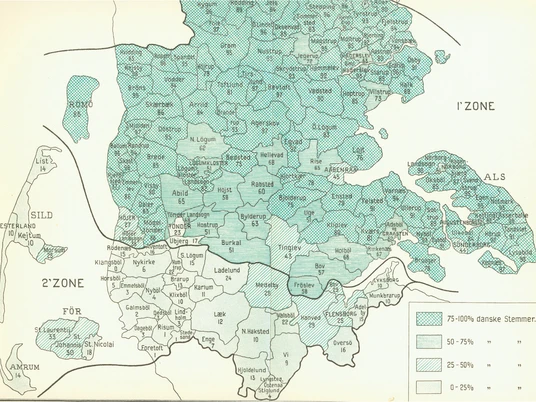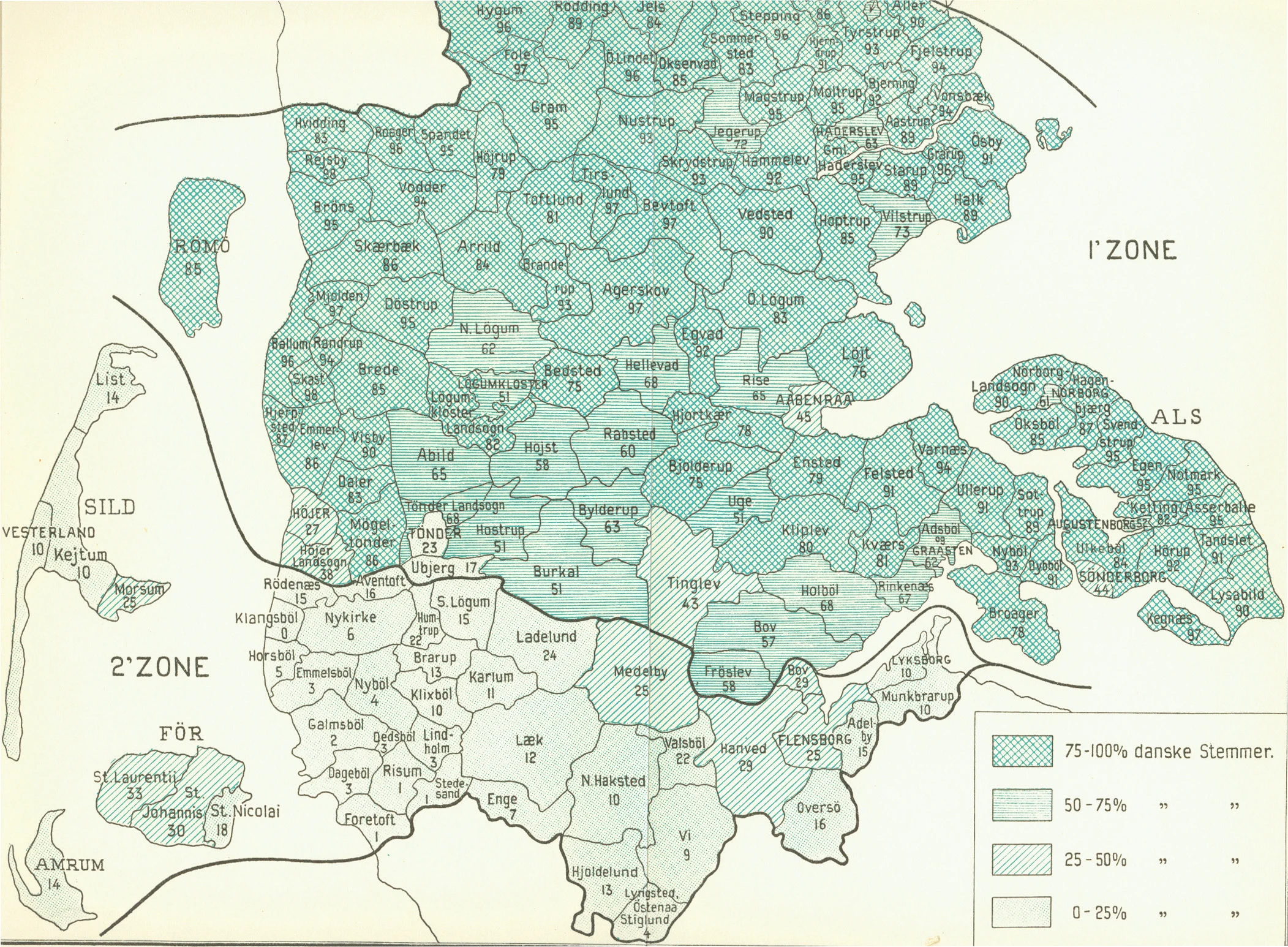As a result of the plebiscite under the supervision of an international commission, the former Duchy of Schleswig was divided: In the 1st zone, the northern part, the population voted on 10 February 1920. The majority (approx. 75%) voted for Denmark. In the 2nd zone - Flensburg and Central Schleswig - the ballot took place on 14 March 1920. About 80% voted for Germany, against only about 20% for Denmark.
In accordance with this result, the German-Danish border was moved to the south. Previously, from 1867-1920, this border ran along the Königsau/Kongeå brook, defining a line between Kolding and Ribe. National minorities emerged on both sides of the new border. Still, several years were to pass before this border was recognized unconditionally by all parties.
It was not until the Bonn-Copenhagen Declarations of 29 March 1955 that the way was paved for people to live together peacefully in the German-Danish border region. Since then, identical provisions for a free national confession and the unhindered cultivation of language and culture have protected the rights of the minorities in both states.



